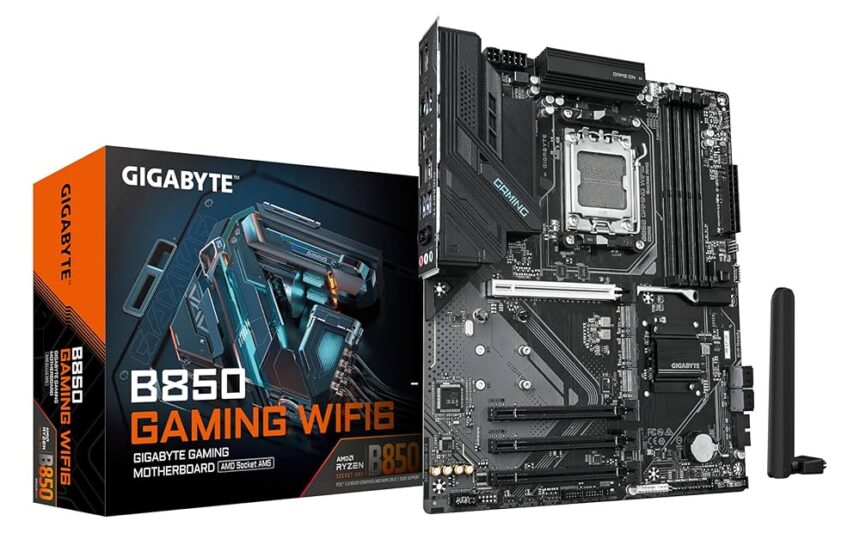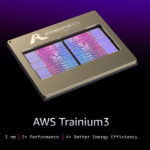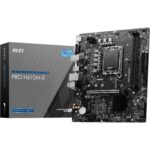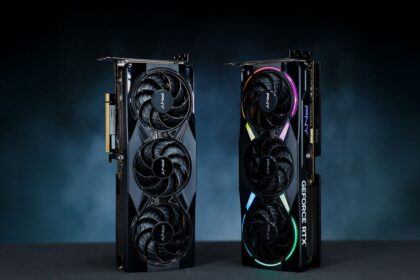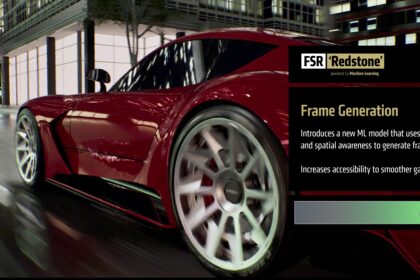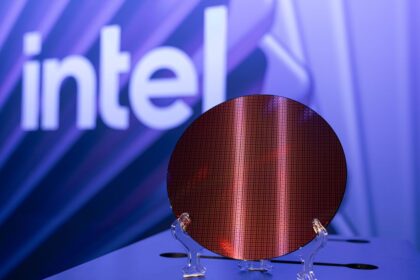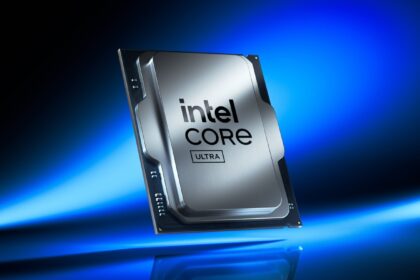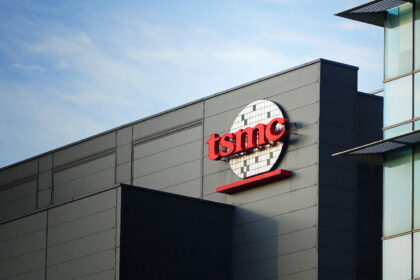AMD has confirmed plans to retire its B650 chipset as it shifts focus to the newer B850 platform. The move, the company says, is designed to streamline its AM5 ecosystem and bring wider adoption of next-generation features.
In a statement to Tom’s Hardware, AMD explained:
“AMD is working with channel partners to transition the B650 chipset to B850, offering improved connectivity and expanded PCIe Gen 5 support. With faster storage, more flexible expansion, and advanced networking capabilities, the B850 chipset provides a future-ready AM5 platform for gamers, creators, and professionals. The transition is already underway, with existing B650 stock at retail being depleted over the coming quarters.”
The B650 chipset debuted in 2022 as a cost-effective option for users stepping into the AM5 platform. While it was not the most basic offering in AMD’s lineup, it provided a balance between affordability and performance. The entry-level A620 chipset arrived the following year for budget buyers.
With the launch of the AM5 refresh in 2024, AMD initially rolled out only the premium X870E and X870 chipsets. The B850, which became available in January, was always intended to replace the older B650, and AMD’s confirmation this week formalizes that transition.
What Sets B850 Apart
Although AMD has faced criticism in the past for releasing chipsets with nearly identical specifications under new names, the B850 does introduce key differences compared to its predecessor.
- On the B650, PCIe 5.0 support for the primary x16 expansion slot was absent; on the B850, it is now optional, giving motherboard vendors the choice to implement it.
- PCIe 5.0 support for M.2 storage was optional on the B650 but is mandatory on the B850.
Both the B650 and B850 use AMD’s Promontory 21 chipset design, the same silicon underpinning the broader 600- and 800-series platforms.
AMD Chipset Specifications (600- & 800-Series)
| Chipset | Direct Processor PCIe Lanes | NVMe (Plus PCIe GPP, up to) | Usable PCIe Lanes (Total / PCIe 5.0) | CPU Overclocking | DDR5 OC (AMD EXPO) | USB 5 Gbps | USB 10 Gbps | USB 20 Gbps | Max SATA Ports (or PCIe 3.0) | USB 4.0 |
|---|---|---|---|---|---|---|---|---|---|---|
| X870E | 1×16 or 2×8 PCIe 5.0 | 1×4 PCIe 5.0 + 4× PCIe GPP | 44 / 24 | Yes | Yes | 2 | 12 | 2 | 8 | Standard |
| X870 | 1×16 or 2×8 PCIe 5.0 | 1×4 PCIe 5.0 + 4× PCIe GPP | 36 / 24 | Yes | Yes | 1 | 6 | 1 | 4 | Standard |
| B850 | 1×16 or 2×8 PCIe 4.0 | 1×4 PCIe 5.0 | 36 / 4 | Yes | Yes | 1 | 6 | 1 | 4 | Optional |
| B840 | 1×16 PCIe 4.0 | 1×4 PCIe 4.0 | 34 / 0 | No | Yes | 2 | 2 | – | 4 | Optional |
| X670E | 1×16 or 2×8 PCIe 5.0 | 1×4 PCIe 5.0 + 4× PCIe GPP | 44 / 24 | Yes | Yes | 2 | 12 | 2 | 8 | Optional |
| X670 | 1×16 or 2×8 PCIe 4.0 | 1×4 PCIe 5.0 + 4× PCIe GPP | 44 / 8 | Yes | Yes | 2 | 12 | 2 | 8 | Optional |
| B650E | 1×16 or 2×8 PCIe 5.0 | 1×4 PCIe 5.0 + 4× PCIe GPP | 36 / 24 | Yes | Yes | 1 | 6 | 1 | 4 | Optional |
| B650 | 1×16 or 2×8 PCIe 4.0 | 1×4 PCIe 4.0 (PCIe 5.0 Optional) | 36 / 0 | Yes | Yes | 1 | 6 | 1 | 4 | Optional |
| A620 / A620A | 1×16 PCIe 4.0 | 1×4 PCIe 4.0 | 32 / 0 | No | Yes | 2 | 2 | – | 4 | Optional |
| Pro 665 | 1×16 or 2×8 PCIe 4.0 | 1×4 PCIe 4.0 (PCIe 5.0 Optional) | 36 / 0 | No | No | 1 | 6 | 1 | 4 | Optional |
| Pro 600 | 1×16 or 2×8 PCIe 4.0 | 1×4 PCIe 4.0 + 4× PCIe GPP | 28 / 0 | No | No | 0 | 0 | 0 | 0 | Optional |
Support and Availability
The discontinuation of the B650 does not mean an immediate end to new motherboard models or support from AMD partners. Motherboard makers may continue releasing B650 boards depending on how much inventory remains in the supply chain.
For now, the B850 is set to become the mainstream choice in AMD’s AM5 lineup, offering broader PCIe Gen 5 adoption and expanded connectivity to better align with the company’s long-term platform strategy.

